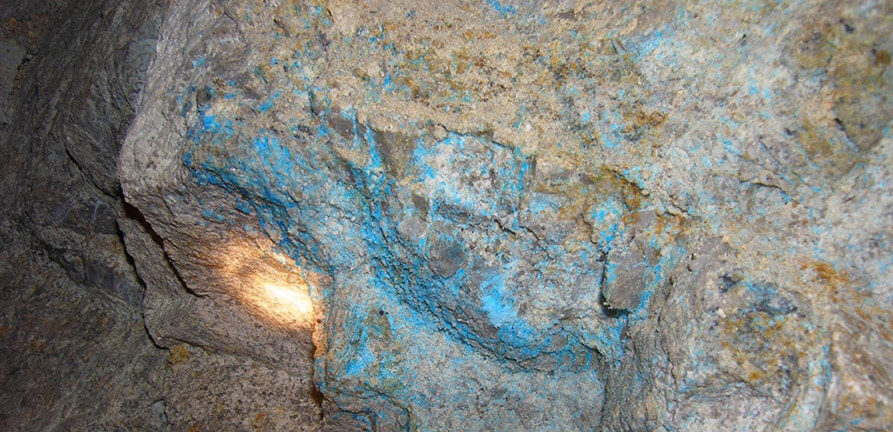How Can We Improve the Recovery Rate of Refractory Copper Oxide Ores?
In the realm of copper processing, the copper mining process and the subsequent beneficiation techniques are of utmost importance. Among these, the copper flotation process plays a crucial role, especially when dealing with copper oxide ores.
Sulfide flotation remains the mainstream flotation process for copper oxide ore. Oxidized copper ore typically has characteristics like low grade, high oxidation rate, high binding rate, and a tendency to slime easily. The slime poses significant challenges such as polluting the mineral surface, reducing mineral floatability, causing unnecessary reagent consumption, and making the flotation process hard to control. This slime in the slurry pulp increases the difficulty of copper oxide flotation. Single flotation often struggles to efficiently recover complex copper oxide with a high oxidation rate. For handling slurry – pulp refractory copper oxide, devising reasonable reagent systems and enhancing the flotation environment are essential.
Dasen is here to offer professional copper ore beneficiation solutions. Our well – designed copper ore beneficiation process, with flotation as a core method, is suitable for both sulfide and copper oxide ores. The general copper flotation process in our system includes ore crushing and screening, followed by stage grinding and stage flotation, then concentration and dehydration, ultimately resulting in high – quality copper concentrate.
In a recent study on an oxidized copper mine with a large mud content and high oxidation rate:
Ore properties: The copper minerals in the ore are mostly oxidized copper minerals, with 3.82% copper content and an oxidation rate of over 90%. Gangue minerals are mainly quartz and silicates like chlorite and muscovite.
Experimental study: Given the refractory nature of the ore, the current sulfide flotation process had a copper recovery rate of around 78% but faced issues due to the large mud content. So, a hydrocyclone desliming operation was introduced.
Desliming flotation test: Using an FX150 hydrocyclone, different discharge ratios were tested. As the discharge ratio decreased, the cyclone – desliming sludge increased, alleviating the sludge related problems. When the desliming rate was 9.42%, the copper operating recovery rate reached 84.47%.
Flotation optimization test: After pre desliming, the flotation environment changed. Tests focused on reagent optimization in the roughing section and increasing flotation concentration.
The results showed that for this refractory ore:
Pre – desliming by the hydrocyclone could significantly reduce the use of sodium fluorosilicate, sodium sulfide, and collectors while maintaining the copper concentrate recovery rate.
With a 9.42% fine – slurry – pulp removal rate in the pre – desliming flotation process, the flotation copper comprehensive concentrate grade reached 27.16%, and the overall copper recovery rate was 85.46%, an improvement of 6.32% compared to the direct flotation of raw ore.
If you’re facing challenges in the copper mining process, copper flotation process, or any aspect of copper processing, don’t hesitate to contact Dasen. Let our professional team help you optimize your operations and maximize the value of your copper ore resources.
Whatsapp:+86 133 1927 7356
Email:[email protected]


